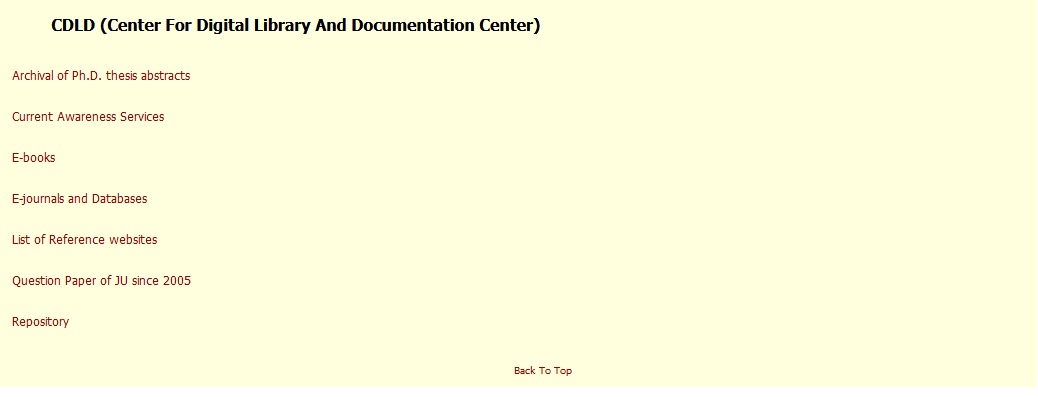Computer Aided Power System Analysis & Operation B.E Question Paper : jaduniv.edu.in
Name of the University : Jadavpur University
Department : Power Engineering
Degree : B.E
Subject Name : Computer Aided Power System Analysis And Operation
Sem : IV/II
Website : jaduniv.edu.in
Document Type : Model Question Paper
Download Model/Sample Question Paper : https://www.pdfquestion.in/uploads/dspace.jdvu.ac.in/5501-B.%20Power%20Engg.%20Computer%20Aided%20Power%20System%20Analysis%20and%20Operation.pdf
Jadavpur Computer Power System Analysis Question Paper
Bachelor Of Power Engineering Final Examination, 2009 :
(4th Year 2nd Semester) –
Time: Three hours
Full marks : 100
Related : Jadavpur University Advanced Power Cycles & Economics M.Tech Question Paper : www.pdfquestion.in/5497.html
Answer question no. 1 and any four from the rest :
1.) Which of the following are the advantages of interconnected operation of power systems?
1. Less reserve capacity requirement
2. More reliability
3. High power factor
4. Reduction in short-circuit level
Codes: – (i) 1 and 2 (ii)2 and 3 (iii)and 4 (iv) l and 4 2
b) In a power system, each bus or node is associated with four quantities, namely
1. real power .
2. reactive power
3. bus voltage magnitude
4. phase angle of the bus voltage –

For load-flow solution, among these four, the number of quantities to be specified is (i) any one (ii)any two (iii) any three (iv) all the four – ” : – 2
c) Load frequency control is achieved by properly matching the individual machines i) reactive power (ii) generated voltages (iii) turbine inputs (iv) turbine and generator ratings 2
d) If a generator bus is treated as a load bus, then which one of the following limits would be violated? ” voltage (ii) active power (iii) reactive power (iv) phase angle 2
e) Single control area fitted with proportional plus integral controller
(i) isochronous and unstable –
ii) isochronous and stable
(iii) non-isochronous and unstable
(iv) non-isochronous and stable
f) The ineremental cost characteristics of the two units in a plant are When the load is 100 MW, the optimum sharing load is
(i) 40 and 60 (ii) 333 and 66.7 (iii) 60 and 40 (iv) 667 and 33.3
g) In respect of control of power systems, India has been divided into
h) A power system has two synchronous generators. The governorturbine characteristics corresponding to the generators are Where f denotes the system frequency in Hz, and P, and P, are respectively the power outputs in MW. Assuming the generators and transmission network to be lossless, the system frequency for a total load of 400MW is
(i) The synchronizing coefficient between two areas of a twoarea power system is
2) Explain clearly with a flow chart the computational procedure for load flow solution using Newton Raphson method when the system contains all types of buses. 20
3. a) Show the bleck diagram of Tworea Load Frequency control of power system with single tielines connecting them. Assume each area being provided with PI controllers. Explain the different parameters of control. – 10
b) Two thermal generating units are operating in parallel at 60 Hz to supply a total load of 700 MW. Unit 1, with a rated output of 600 MW and % speed droop characteristic, supplies 400 MW and unit 2, which has a rated output of 500 MW and % speed droop, supplies the remaining 300 MW of load. If the total load increases to 800 MW, determine the new loading of each unit and the common frequency change before any supplementary control action occurs. – 10
4.a)Why the inputoutput characteristic of large steam turbine generator is not smooth When 100 MW is transmitted from plant 1 to the load, a transmission loss of 10 MW is incurred. Find the required generation for each plant and the power received by the load when the system A is Rs 25/MWh. The incremental fuel costs of the two plants are given below
Considering a load of 23704 MW at bus 2, find the optimum load distribution between the two plants when losses are included but not coordinated. Also find the savings in Rshr when losses are coordinated. 17
5. Find the critical clearing angle for the system shown in Fig.5 for a three-phase fault at the point P. The generator is delivering 1.0 p. power under prefault condition
6. Consider the three-bus power system shown in Fig. . Each of the three lines has a series impedance of .026j011 p. and a total shunt admittance of j004 pu. The specified quantities at the buses are shown in Table 1. – 20 For bus 2 the minimum and maximum reactive power limits are 0 and .8 pu. Find the load flow solution using Gauss-Seidel method.